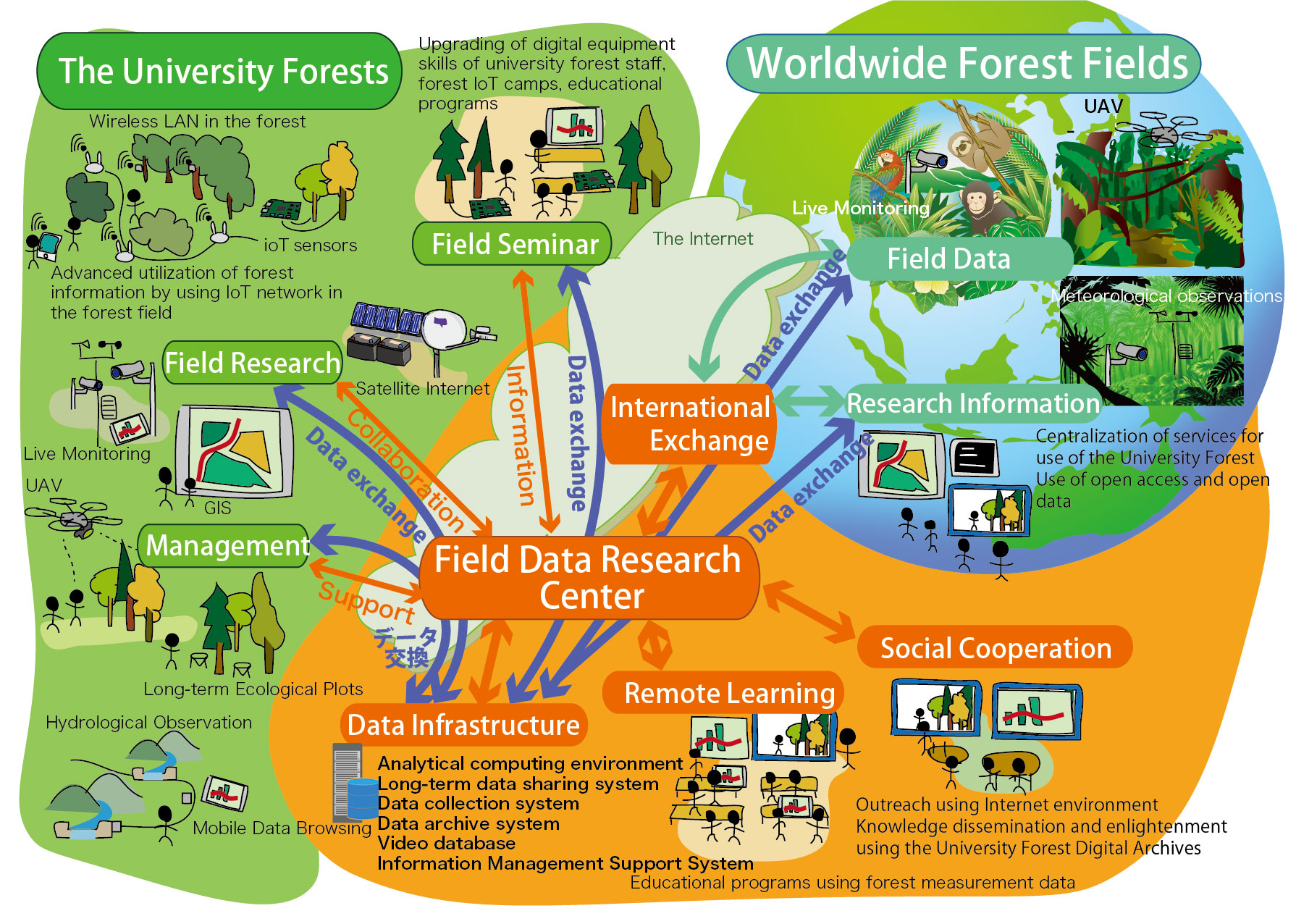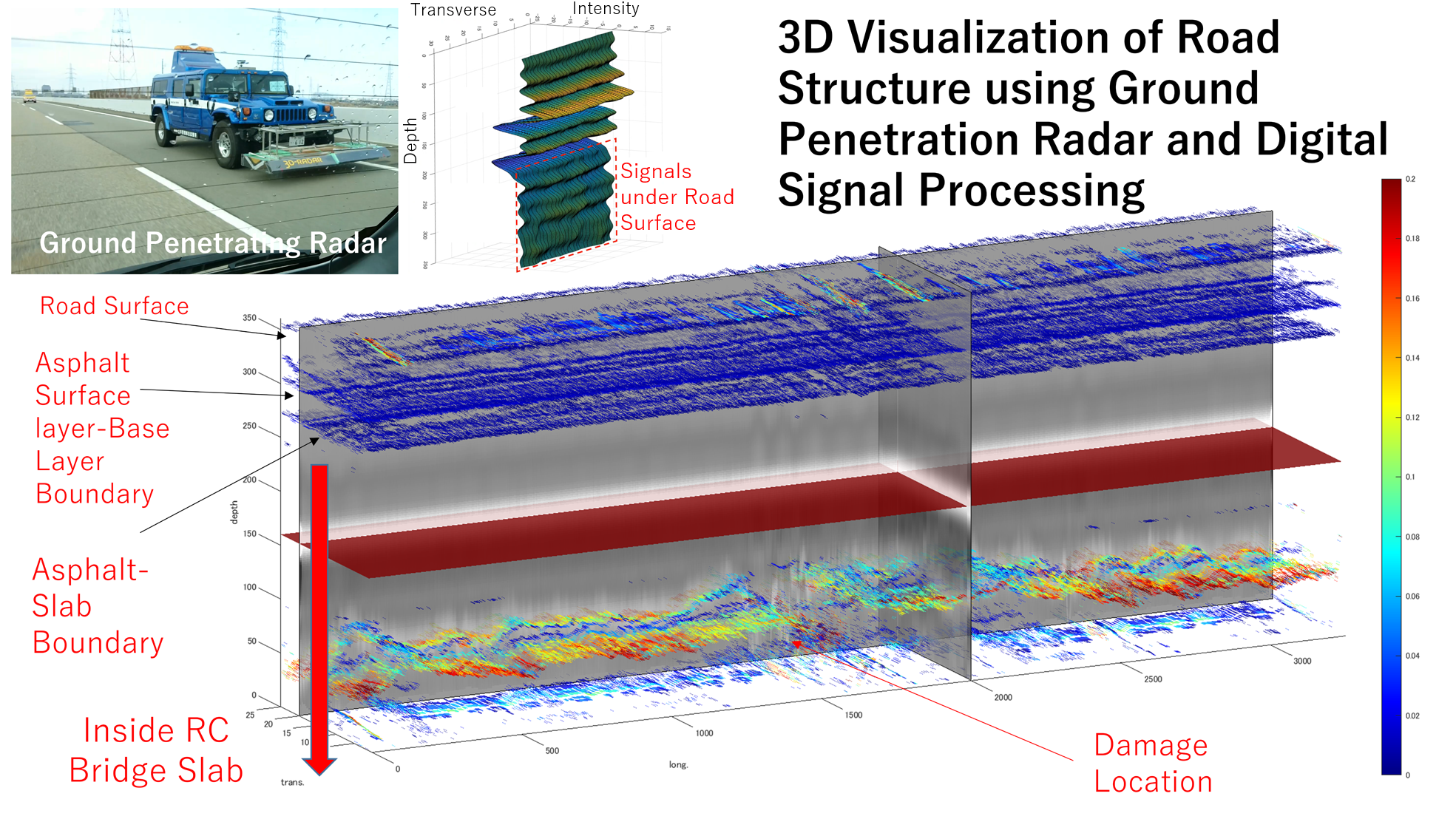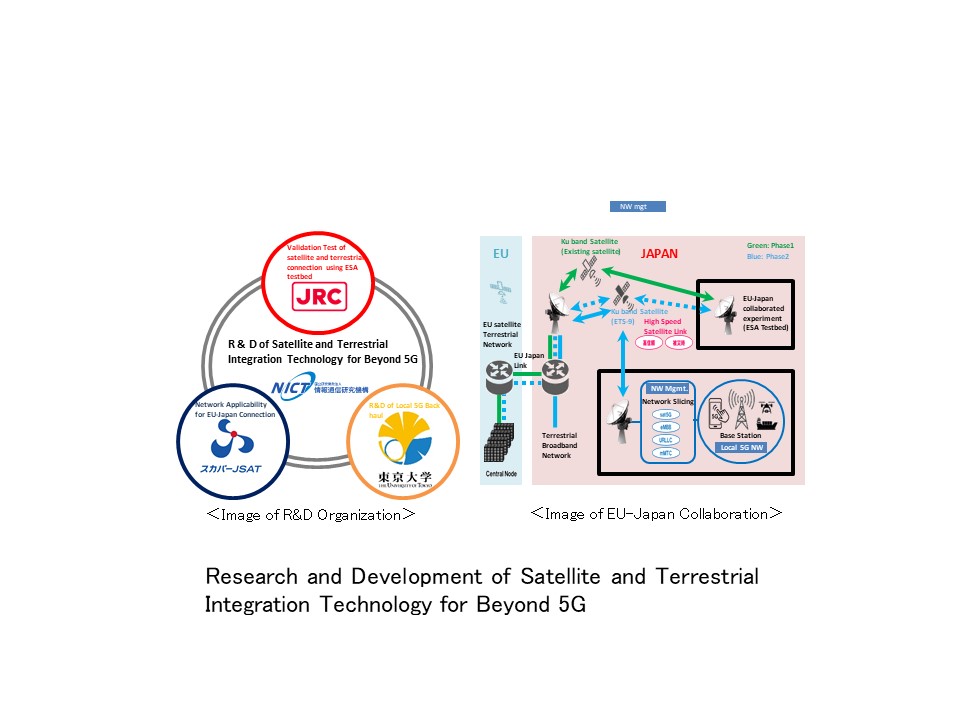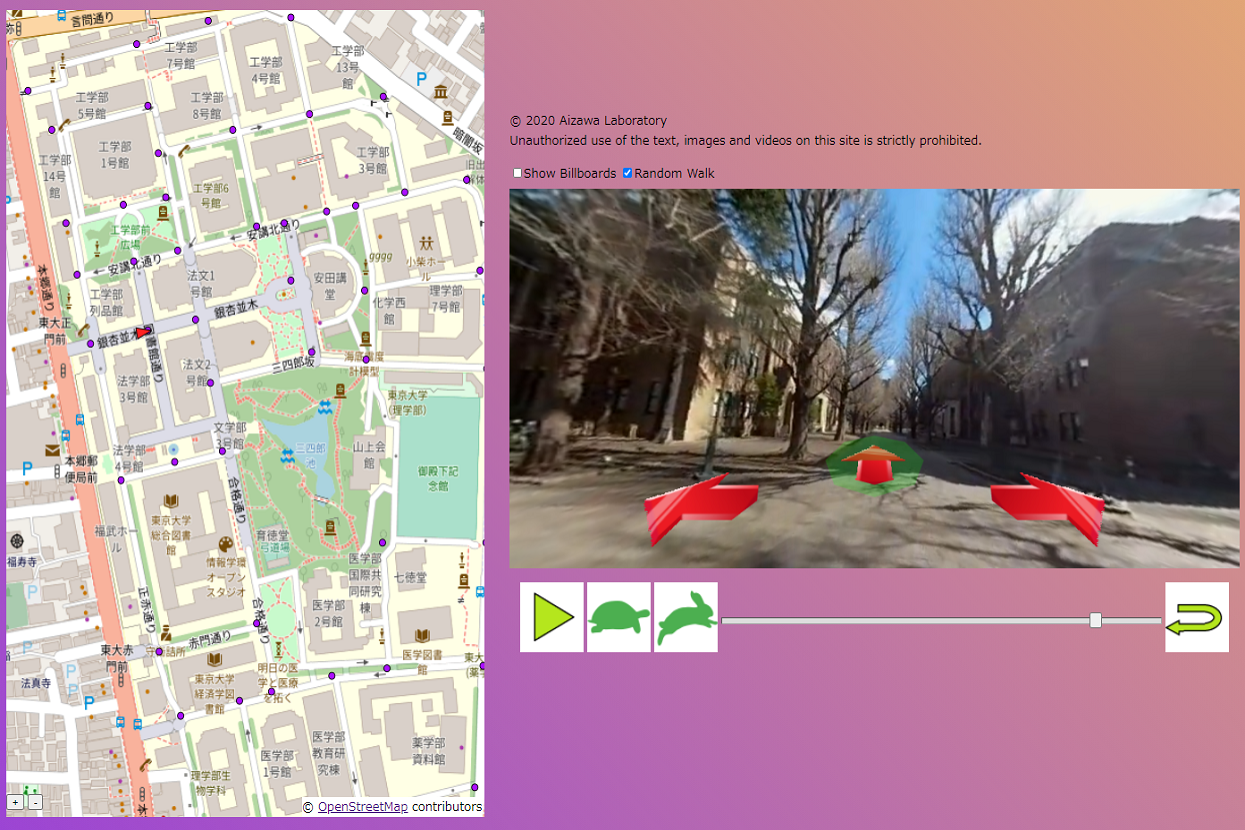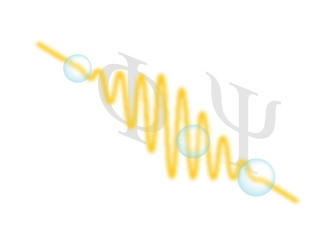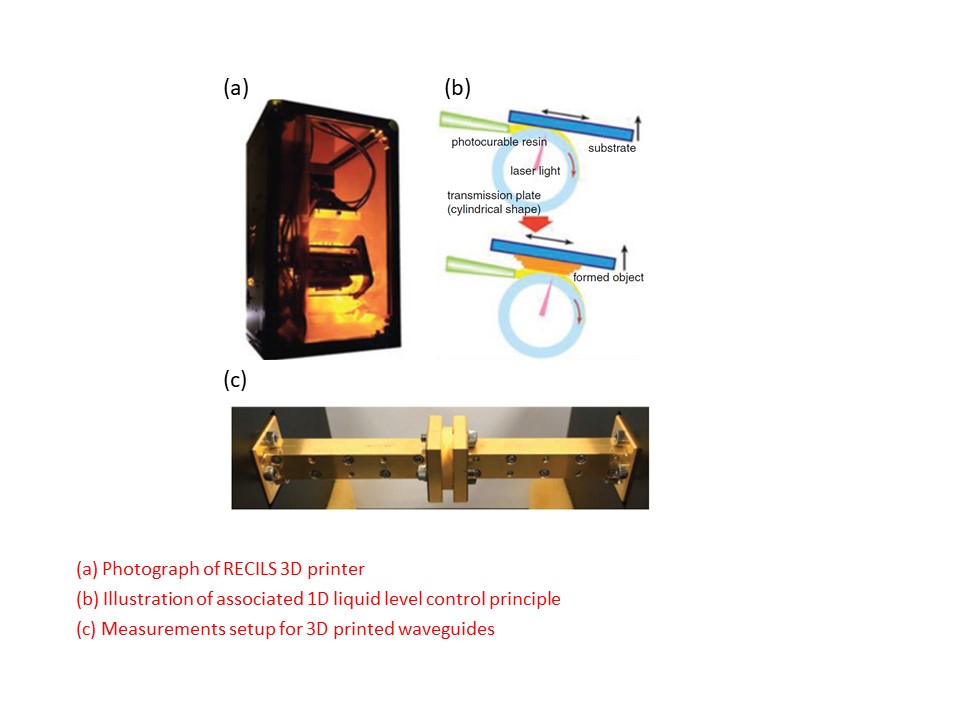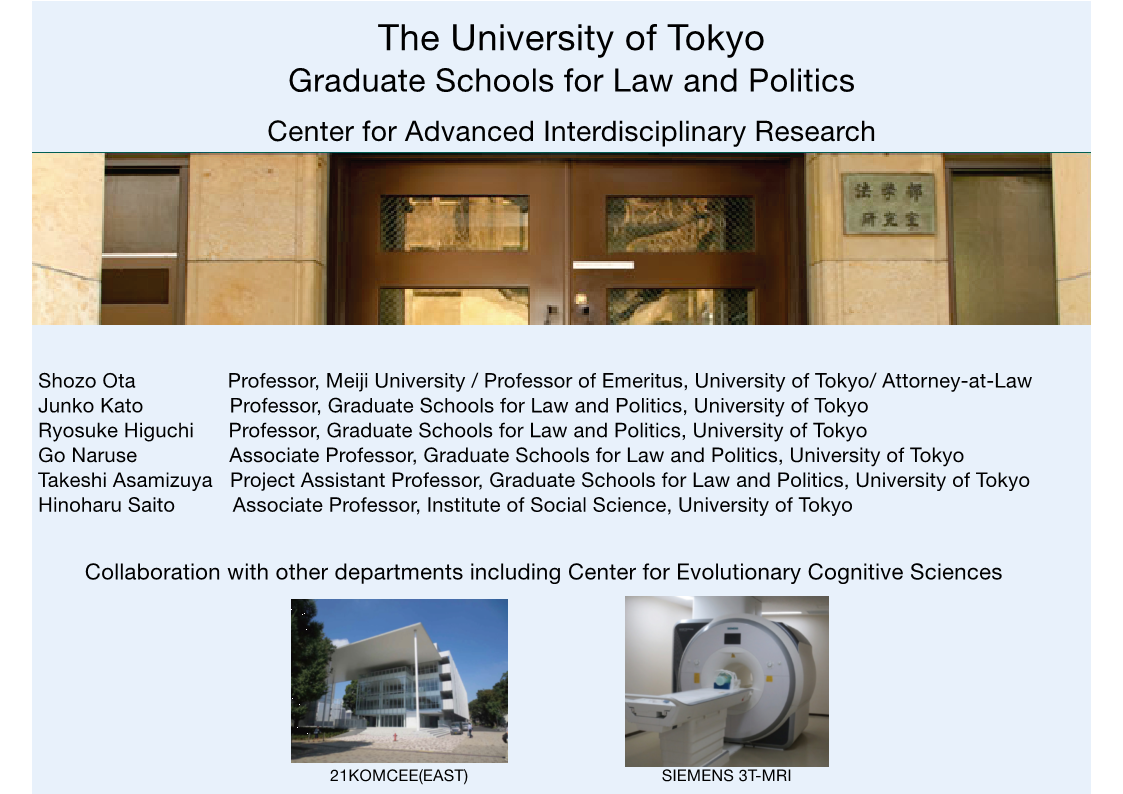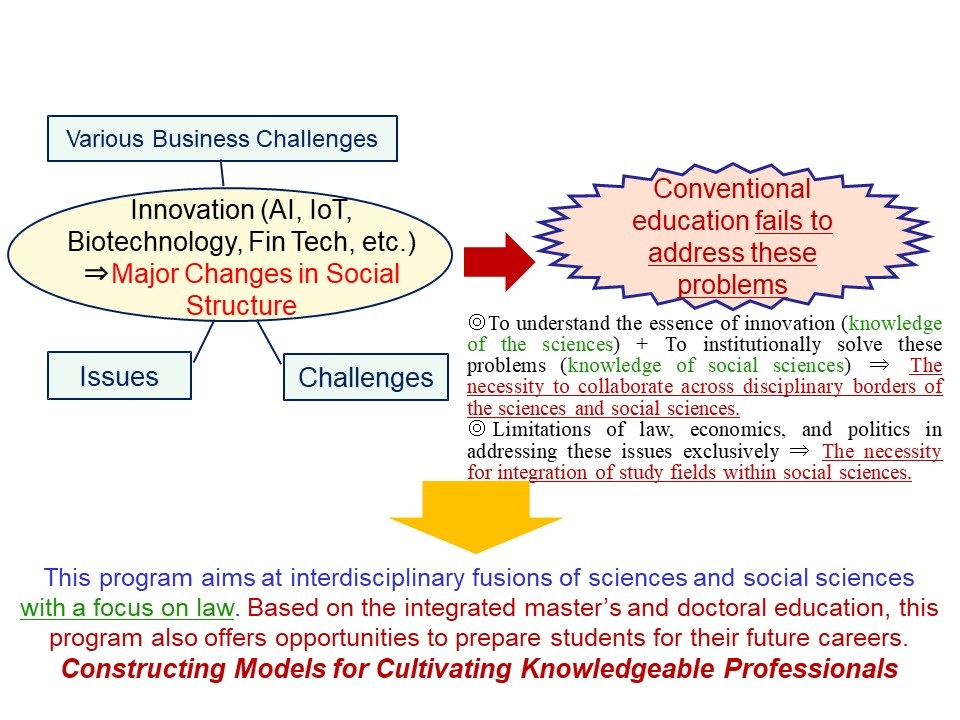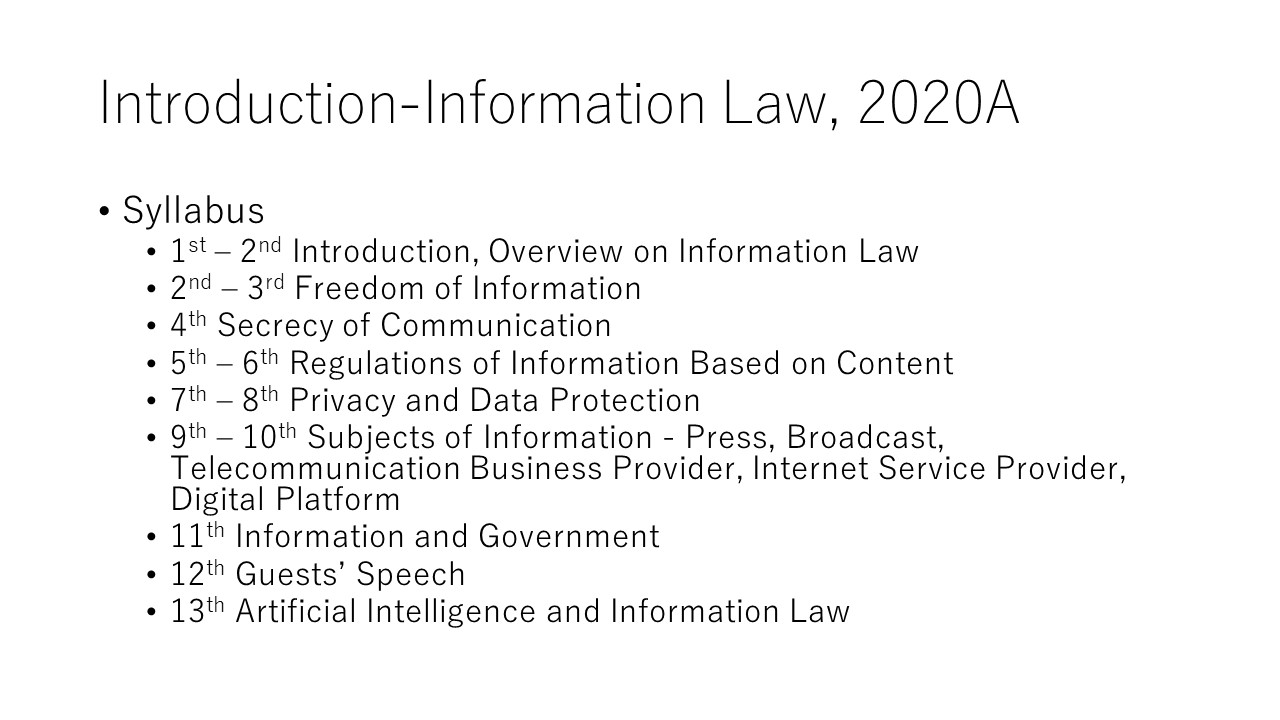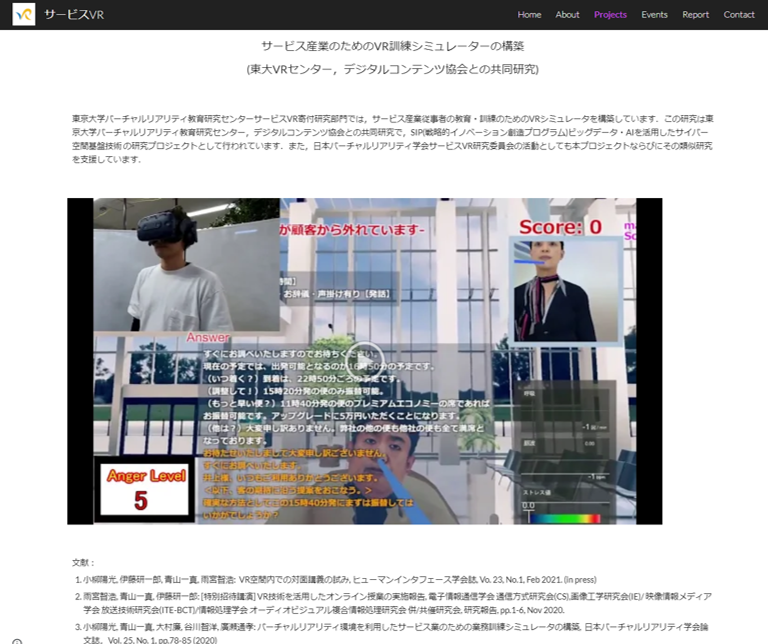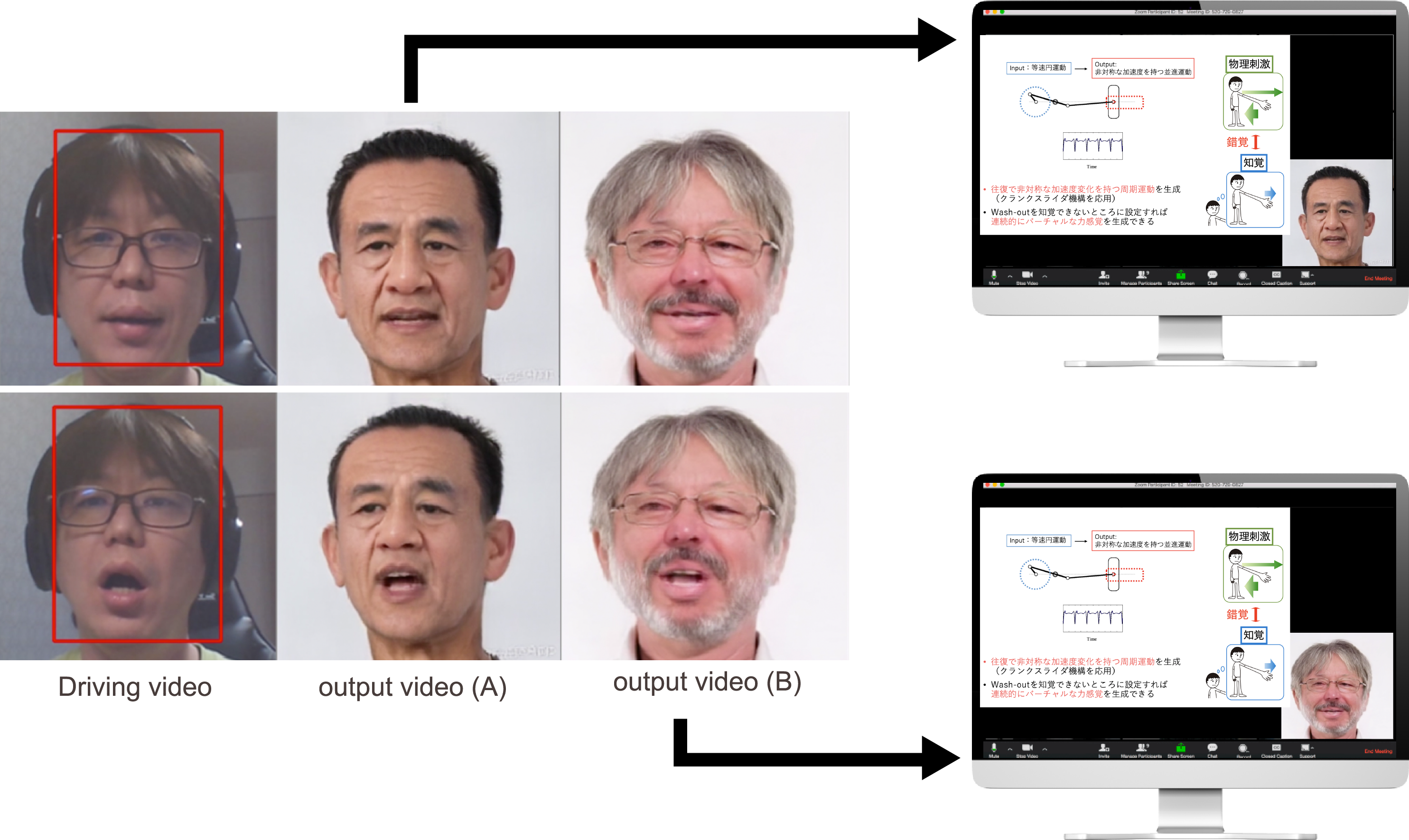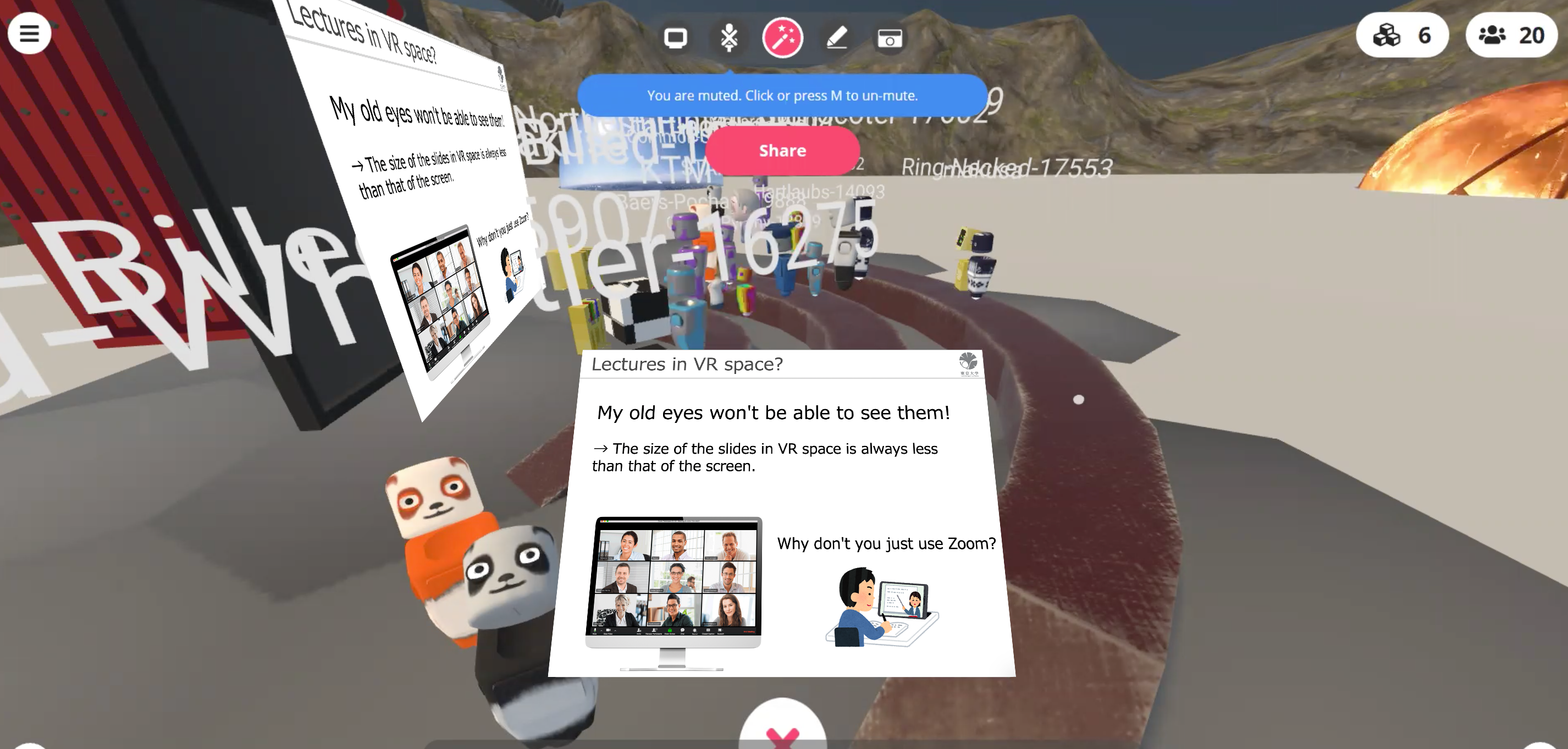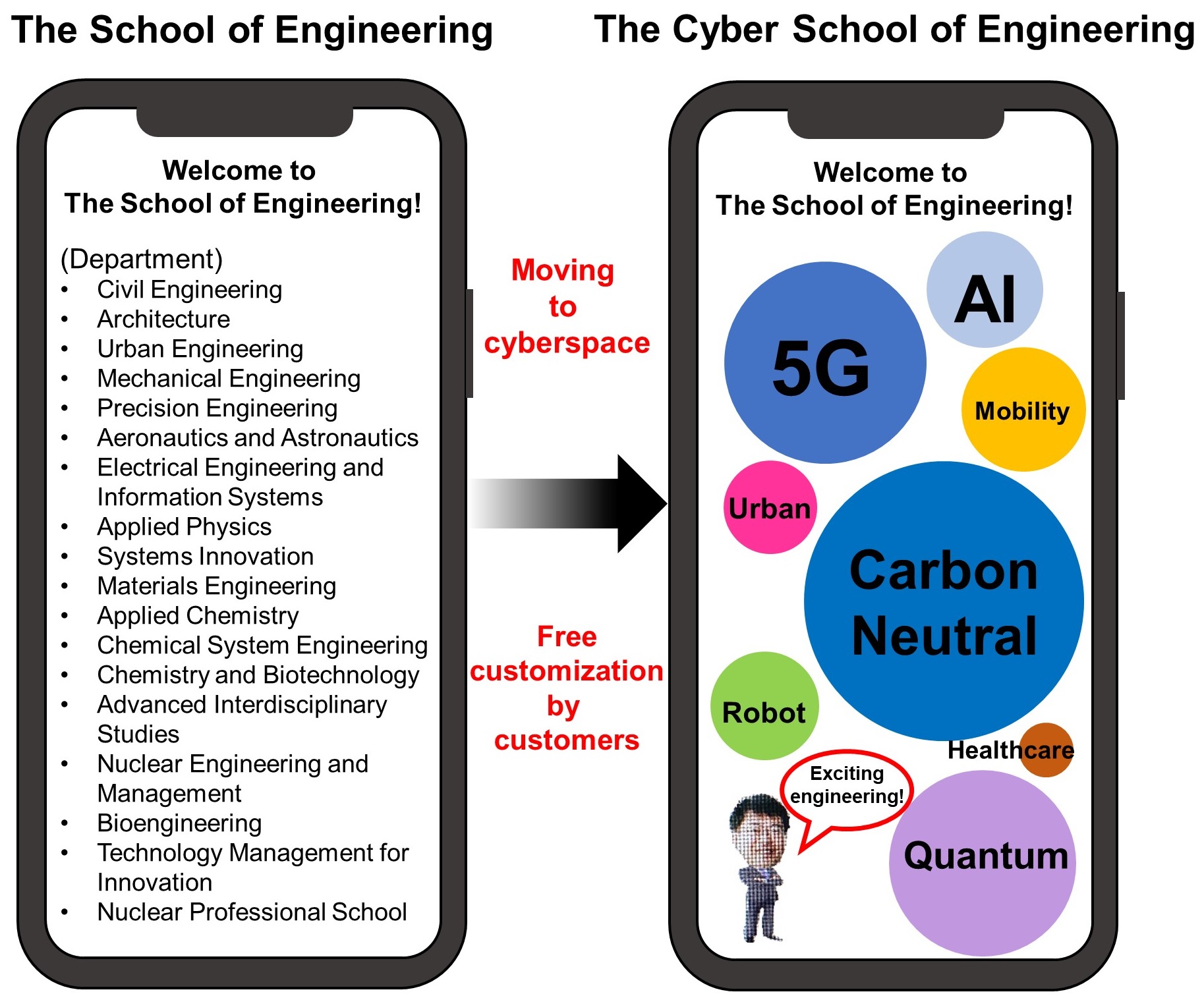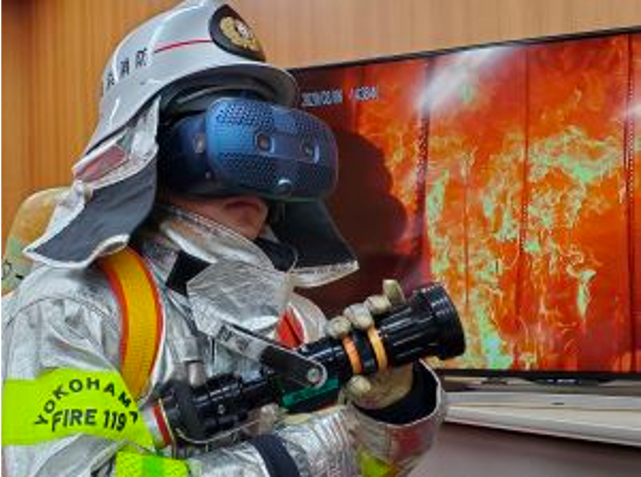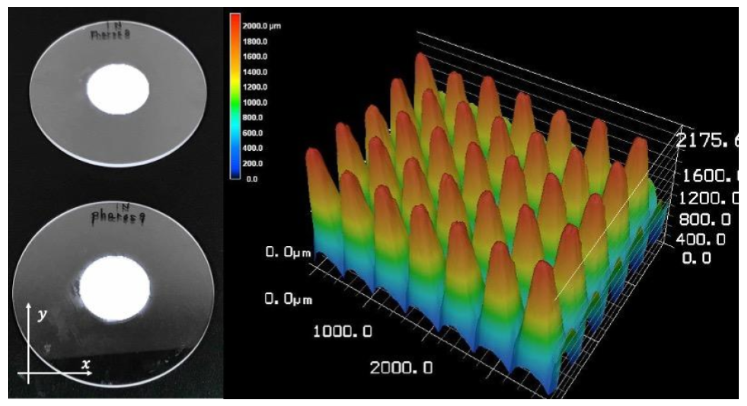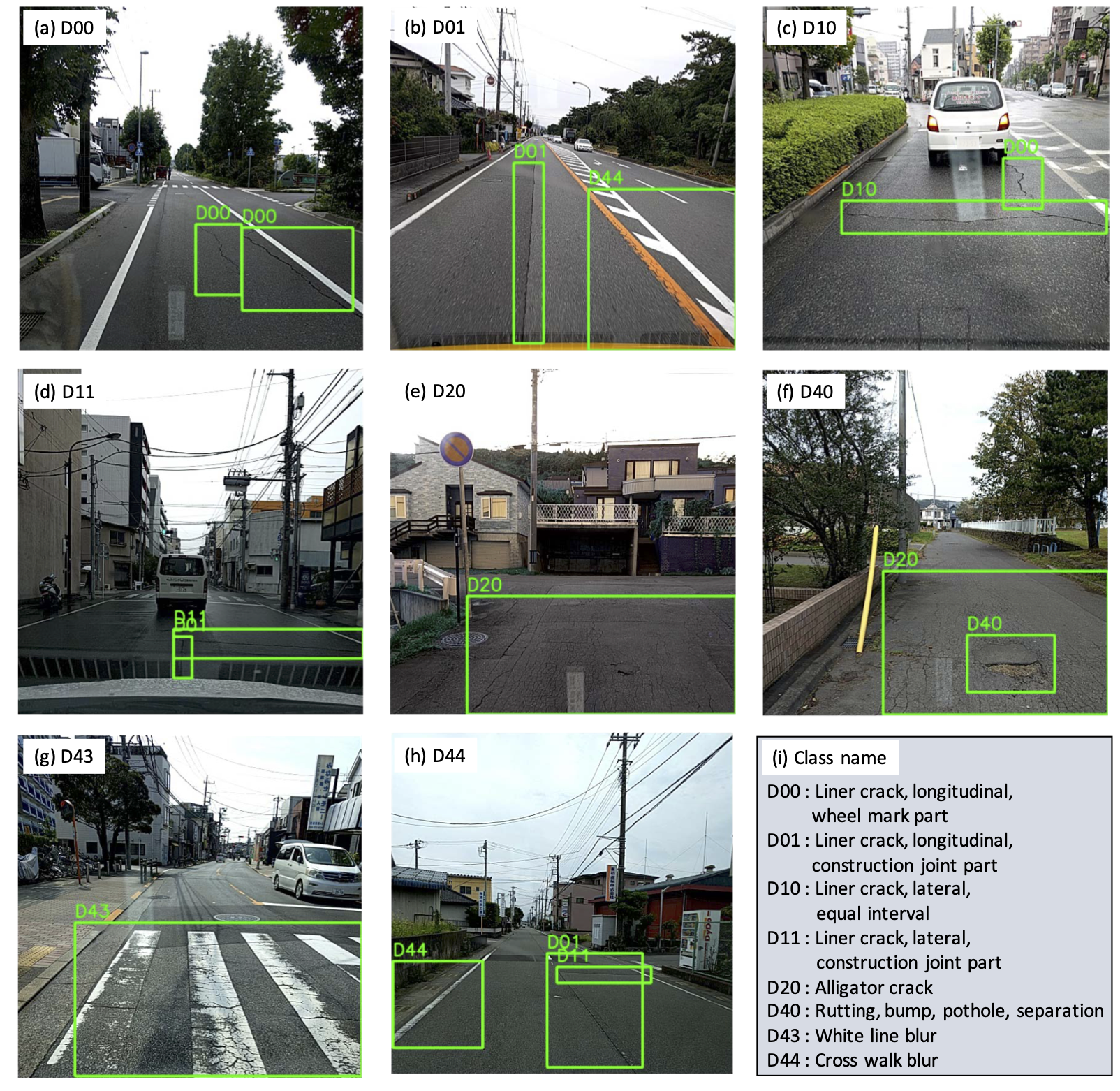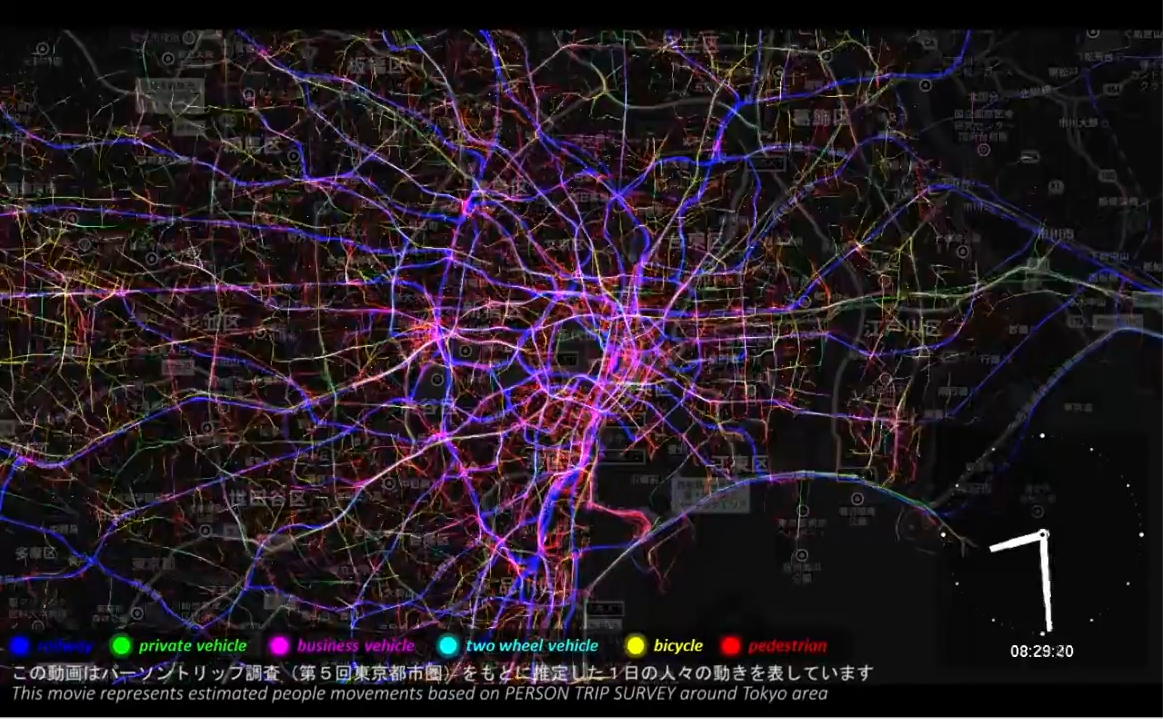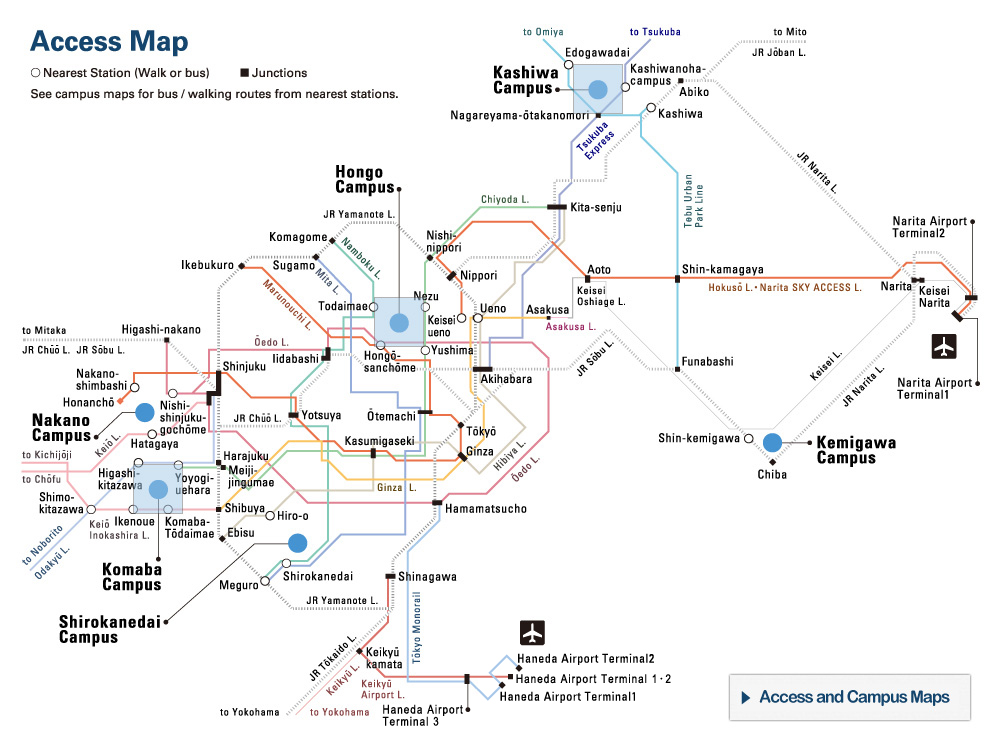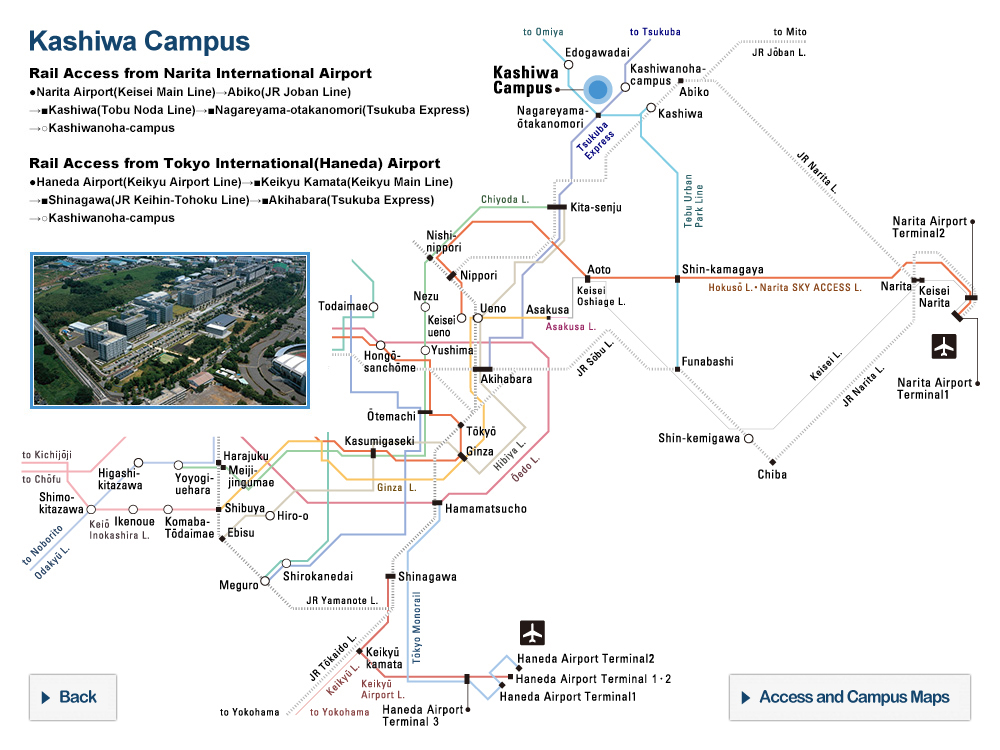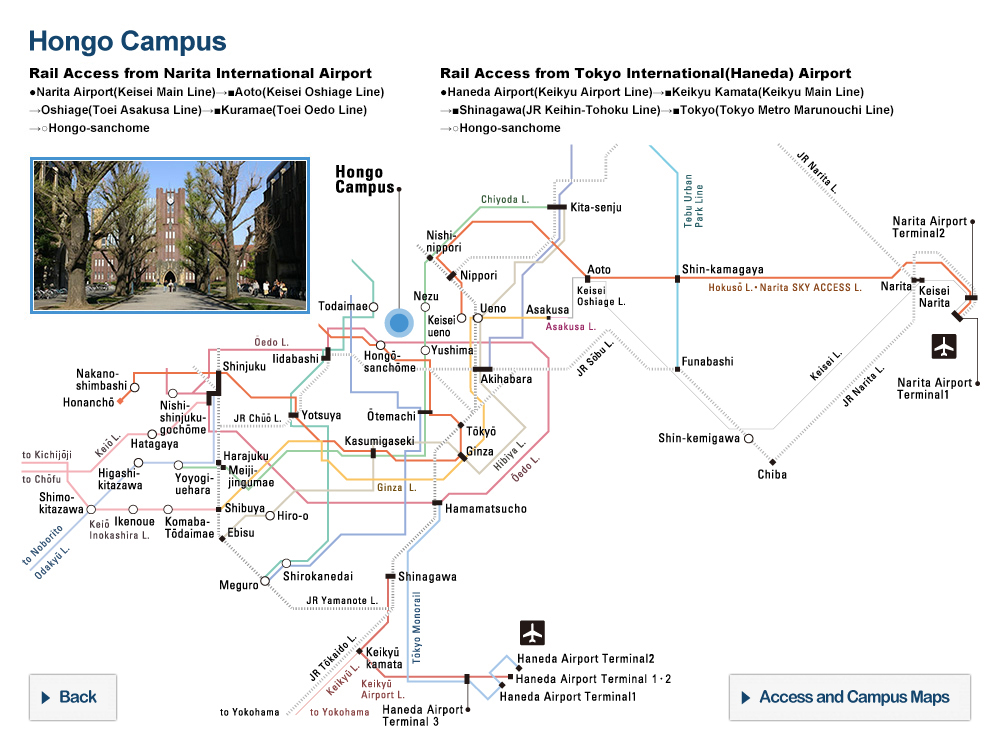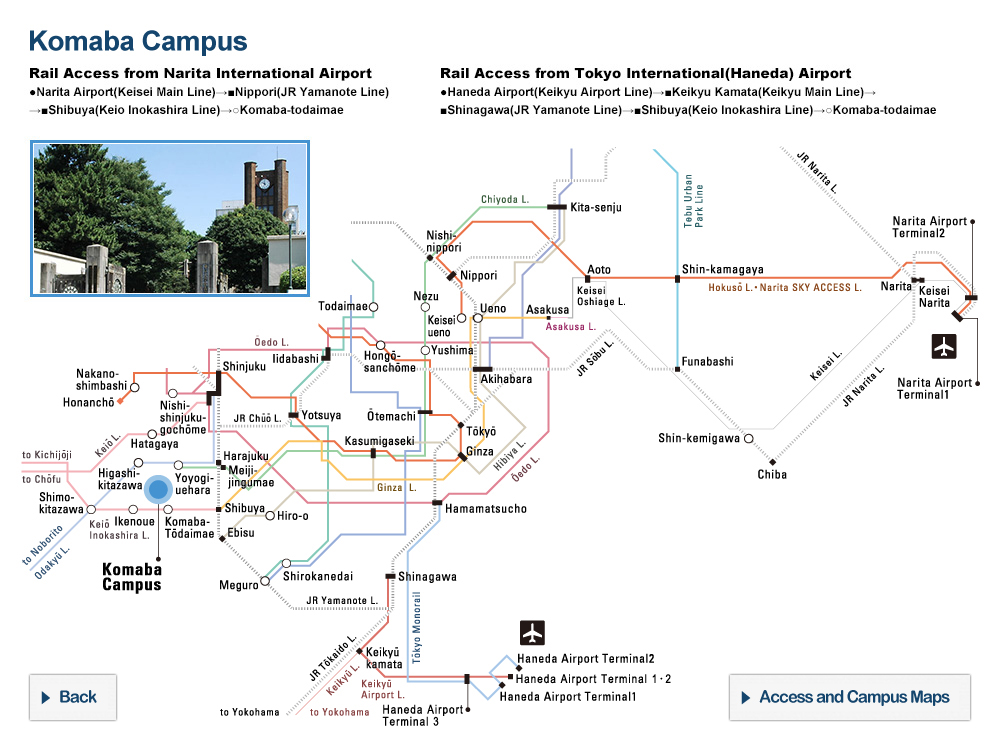| 1. | Information Communication Infrastructure Technologies |
|---|---|
| 1.1 | Network Architecture |
| 1.2 | Network Science |
| 1.3 | Wired Communications (Optical Communication, High-bandwidth Communication, Electro-Optical Systems) |
| 1.4 | Wireless Communications (5G, Beyond5G, 6G) |
| 1.5 | Fixed-Mobile Conversion (FMC), End-to-End Communications |
| 1.6 | Sensor Networks, Internet of Things (IoT) |
| 1.7 | Autonomous/Super Intelligent Networking (Application of Machine Learning and AI to Networking) |
| 1.8 | Unexplored Fields (Space, Satellite, High Altitude Platform Stations (HAPS), Ocean, Underwater) |
| 1.9 | Quantum Information Technologies (Quantum Encryption, Quantum Communication, etc.) (in relation to Advanced Information and Communication) |
| 1.10 | Information Security |
| 1.11 | Virtualization, Softwarization, Programmable Hardware |
| 1.12 | Cloud Networking, Edge Computing Infrastructure |
| 2. | Computational Infrastructure Technologies |
|---|---|
| 2.1 | Semi-conductor Technologies (Communication Chips, AI Chips, Security Chips) (in relation to Advanced Information and Communication) |
| 2.2 | Low-Power Devices |
| 2.3 | Computer Architecture |
| 2.4 | Quantum Computing, Quantum Supremacy (in relation to Advanced Information and Communication) |
| 2.5 | Cloud Data Center Design and Implementation Technologies |
| 2.6 | Big Data Analysis Technologies |
| 2.7 | Open Data Infrastructure Technologies |
| 2.8 | In-Network Computation |
| 3. | Application Technologies |
|---|---|
| 3.1 | Digital Transformation (DX) of University/Education (Virtual University/On-line Education/Realistic Telepresence) |
| 3.2 | enhance Mobile Broadband (eMBB) (Remote Monitoring with High Definition Imaging, Virtual Reality) |
| 3.3 | Ultra Reliable and Low Latency Communication (URLLC) (Automatic/Autonomous Driving, Remote Control) |
| 3.4 | massive Machine Type Communication (mMTC) (Sensor Network Applications) |
| 3.5 | Spatial Information (Remote Sensing, Environmental Monitoring, COVID-19 Countermeasures) |
| 3.6 | Edge Computing Applications |
| 3.7 | Data Applications |
| 3.8 | Smart City, City Operating Systems |
| 4. | Information Ethics and Systems |
|---|---|
| 4.1 | Law Enforcement and Cyber Infrastructure |
| 4.2 | Privacy of Communications |
| 4.3 | Universal Access, Fairness of Use |
| 4.4 | Media and Literacy |
| 4.5 | Right to Freedom of Expression |
| 4.6 | AI Ethics, AI Principles, AI Lifecycle |
| 4.7 | Consensus Building, Social Acceptability, International Cooperation |
| 5. | Information Policy |
|---|---|
| 5.1 | Data Governance |
| 5.2 | Network Neutrality |
| 5.3 | Market Verification, Evidence Based Policy Making (EBPM) |
| 5.4 | Communication / Broadcast Policy (Frequency Allocation, Public/Private Networks, Infrastructure Sharing) |
| 5.5 | Open Data Policy |
| 5.6 | Digital Government/Local Government |
| 6. | Information Strategies |
|---|---|
| 6.1 | Beyond 5G Promotion Strategies |
| 6.2 | International Standardization, Intellectual Property Strategies |
| 6.3 | Data Platform Strategies |
| 6.4 | Advanced Semiconductor Development Strategies |
| 6.5 | University Management, Human Resource Development |
| 6.6 | Economic Security |
| 7. | Information Society |
|---|---|
| 7.1 | Digital Transformation (DX) in Society |
| 7.2 | Digital Divide in Society |
| 7.3 | Work Style Reform |
| 7.4 | Future Society, Knowledge-Intensive Society |


